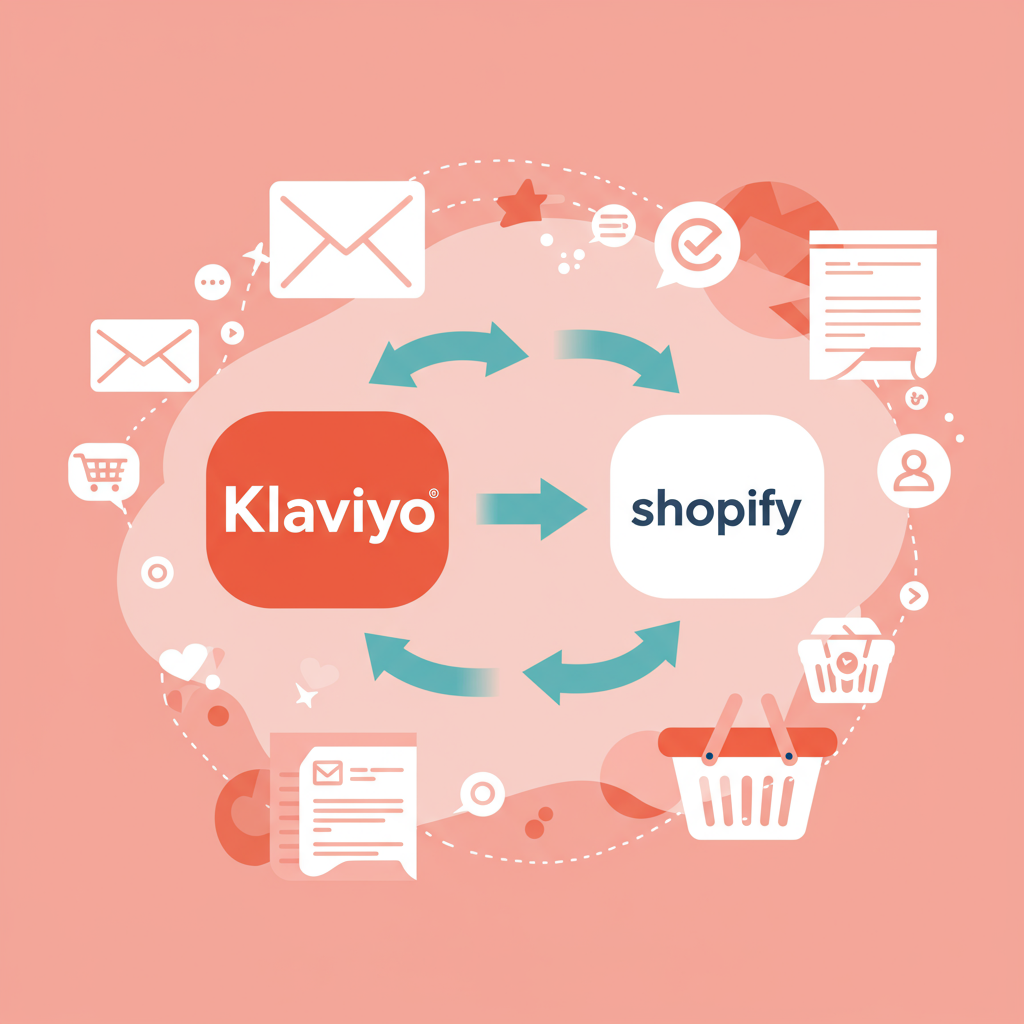Unlock the full potential of your customer data and supercharge your marketing efforts.
As a merchant navigating the bustling world of e-commerce, I’m constantly looking for tools that can give my Shopify store an edge. One platform that has consistently proven invaluable for me is Klaviyo.
If you’re serious about email marketing, SMS marketing, and truly understanding your customer base, then integrating Klaviyo with your Shopify store isn’t just an option; it’s a necessity.
Klaviyo is a powerful marketing automation platform designed specifically for e-commerce businesses. It helps you listen to, understand, and act on your customers’ behavior.
Unlike generic email marketing tools, Klaviyo excels at deep data integration, allowing for highly personalized and segmented marketing efforts that drive real revenue.
So, how do we get started with this dynamic duo? The initial setup is surprisingly straightforward, yet incredibly powerful in its implications.
First, you’ll need to have both a Shopify store and a Klaviyo account. If you don’t have a Klaviyo account yet, you can easily sign up for a free tier to get started.
Once logged into Klaviyo, navigate to the “Integrations” tab. You’ll find Shopify listed prominently there. Click on it to begin the connection process.
Klaviyo will then guide you through authorizing the connection. This typically involves logging into your Shopify admin and granting Klaviyo the necessary permissions to access your store’s data.
What data does Klaviyo pull from Shopify? This is where the magic begins. Klaviyo syncs crucial information like customer profiles, order history, product catalog, and even browsing behavior (if you enable the Klaviyo onsite JavaScript).
This rich data stream allows us to move beyond generic newsletters and into highly targeted, behavior-driven marketing. We can see who bought what, when they bought it, and even what they looked at but didn’t purchase.
One of the first things I always set up are the core automated flows. These are pre-built sequences of emails (or SMS messages) triggered by specific customer actions.
The “Abandoned Cart” flow is an absolute must-have. When a customer adds items to their cart but doesn’t complete the purchase, Klaviyo can automatically send a series of reminders. I’ve seen this flow recover significant revenue.
Next, the “Welcome Series” is crucial for new subscribers. This flow introduces your brand, highlights your best sellers, and encourages a first purchase. It’s your chance to make a great first impression.
A “Post-Purchase” flow is equally vital. After a customer makes a purchase, you can send order confirmations, shipping updates, product review requests, and even cross-sell or upsell related items.
Don’t forget the “Browse Abandonment” flow. If a customer views a product but doesn’t add it to their cart, you can send a gentle reminder about the item they showed interest in. This requires the Klaviyo onsite JavaScript snippet to be installed on your Shopify store.
Beyond flows, segmentation is where Klaviyo truly shines. With the data pulled from Shopify, I can create incredibly specific customer segments.
For example, I can segment customers who have purchased more than twice, or those who bought a specific product category, or even those who haven’t purchased in 90 days.
These segments allow me to send highly relevant campaigns. Instead of blasting everyone with the same promotion, I can tailor messages to specific groups, leading to much higher engagement and conversion rates.
For instance, I might send a special discount to my VIP customers, or a re-engagement offer to those who haven’t purchased recently.
Klaviyo also makes it easy to design beautiful email templates using its drag-and-drop editor. You can brand them to match your Shopify store’s aesthetic perfectly.
And it’s not just about email. Klaviyo also offers robust SMS marketing capabilities, allowing you to send timely text messages for promotions, order updates, or even abandoned cart reminders.
I always keep an eye on the analytics and reporting within Klaviyo. It provides deep insights into flow performance, campaign effectiveness, and overall customer lifetime value. This data helps me continually optimize my strategies.
My advice? Start with the core flows, then dive into segmentation. Don’t try to do everything at once. Focus on automating the most impactful customer journeys first.
Remember, the goal is to build stronger relationships with your customers through personalized communication. Klaviyo, integrated with Shopify, provides the perfect ecosystem to achieve this.
It’s an investment that pays dividends in customer loyalty and increased revenue. I genuinely believe it’s one of the best tools available for Shopify merchants.
What do you think about this article? I’d love to hear your thoughts on how you’re using Klaviyo or if you have any questions.
By leveraging the power of Klaviyo and Shopify together, you’re not just sending emails; you’re building a sophisticated, data-driven marketing machine that understands and responds to your customers’ needs.
This synergy allows for a level of personalization that was once only accessible to enterprise-level businesses, now available right at your fingertips.
So, take the plunge, connect your Klaviyo and Shopify accounts, and start transforming your customer communication today.






